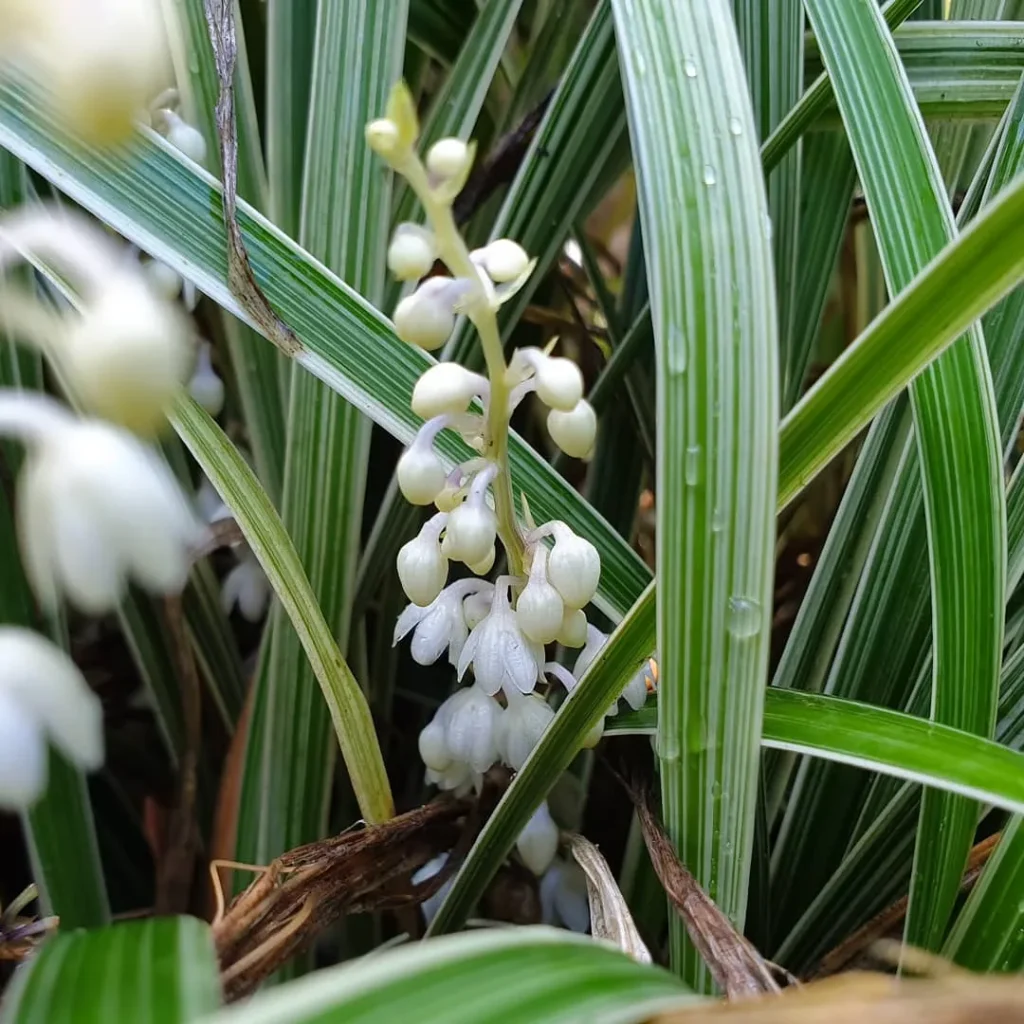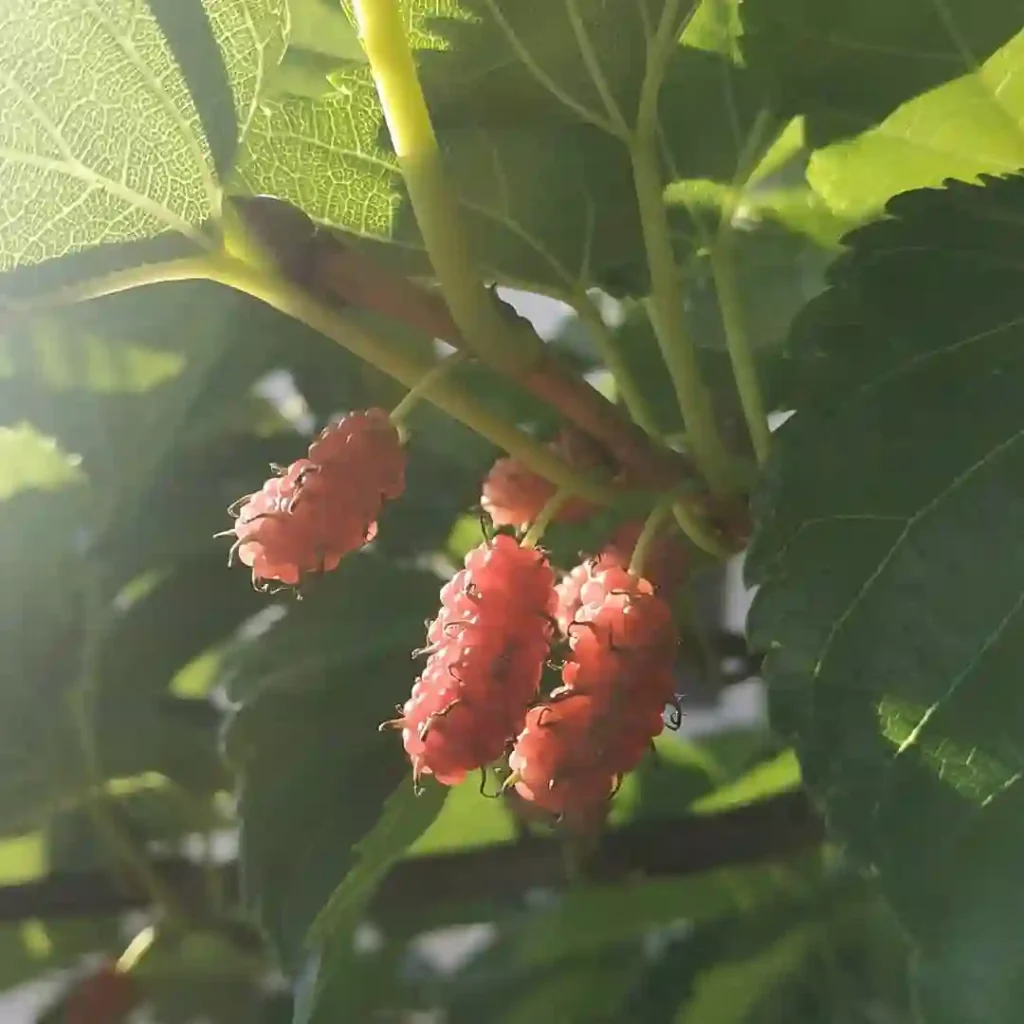FAQs About Amelanchier Laevis
If you’re considering adding Amelanchier laevis to your garden or landscape, you might have a few questions about this charming tree. As someone who has grown and observed this plant, I’m happy to share some insights and answer common questions about Amelanchier laevis.
27 Species in Genus Amelanchier – Serviceberry
What is Amelanchier Laevis?
Amelanchier laevis, also known as the Allegheny Serviceberry or Smooth Serviceberry, is a deciduous tree or large shrub native to eastern North America. It’s well-regarded for its striking white flowers in early spring, followed by small edible berries that attract birds. Its smooth, gray bark and vibrant fall foliage add to its appeal throughout the seasons.
What Root Forms Do Amelanchier Laevis Come In?
Amelanchier laevis can be found in a few different root forms, which influence how you plant and care for it. Typically, you’ll come across it in bare-root, balled-and-burlapped (B&B), or container forms. Bare-root plants are sold without soil around the roots and are usually less expensive but require immediate planting. Balled-and-burlapped trees come with a soil ball wrapped in burlap, making them easier to handle and plant. Container-grown Amelanchier laevis is grown in pots and can be planted at any time of year, as long as the ground isn’t frozen.
How to Care for Amelanchier Laevis?
Caring for Amelanchier laevis involves a few key steps. This plant thrives in full sun to partial shade and prefers well-drained, moist soil. Regular watering is essential, especially during dry spells, but be cautious of overwatering, as this can lead to root rot. Mulching around the base helps retain moisture and control weeds. Pruning is generally minimal; you might need to remove dead or crossing branches to maintain a healthy structure.
How to Propagate Amelanchier Laevis?
Propagation of Amelanchier laevis can be done through seeds or cuttings. Seed propagation involves collecting ripe berries, cleaning the seeds, and stratifying them in the fridge for a few months before sowing them in soil. Cuttings should be taken in late summer or early fall. Use a rooting hormone to encourage growth and keep the cuttings in a humid environment until they develop roots.
What to Plant With Amelanchier Laevis?
Amelanchier laevis pairs well with a variety of plants in the garden. Consider planting it with low-growing perennials like hostas or ferns, which complement its delicate foliage. For a more colorful display, combine it with flowering shrubs like spirea or viburnum. The contrast between the serviceberry’s spring blooms and the vibrant flowers of companion plants can create a beautiful, layered effect.
Can You Grow Amelanchier Laevis Indoors?
Amelanchier laevis is best suited for outdoor planting due to its size and growth requirements. While it’s possible to grow smaller serviceberry varieties indoors, Amelanchier laevis may become too large and unwieldy for typical indoor environments. If you’re interested in indoor plants, consider smaller, more compact species.
Is Amelanchier Laevis Toxic?
No, Amelanchier laevis is not toxic. Its berries are edible and enjoyed by both people and wildlife. They have a sweet flavor and can be used in jams, jellies, and baked goods. However, it’s always wise to ensure that any berries are properly identified and prepared before consumption.
Benefits of Amelanchier Laevis
Amelanchier laevis offers several benefits. Its early spring flowers are a welcome sight after winter, and its berries provide food for birds and other wildlife. The tree’s attractive foliage and bark make it a visually appealing addition to landscapes. Moreover, its relatively low maintenance needs make it a great choice for gardeners looking for a hardy and beautiful plant.
Common Problems with Amelanchier Laevis
Like any plant, Amelanchier laevis can face some issues. Common problems include leaf spot diseases and powdery mildew, particularly in humid climates. To manage these issues, ensure proper spacing for good air circulation and avoid overhead watering. Regular inspection and prompt removal of affected leaves can help keep the plant healthy.
Amelanchier Laevis vs. Canadensis
When comparing Amelanchier laevis to Amelanchier canadensis (Canada Serviceberry), there are a few differences. Amelanchier canadensis tends to be slightly smaller and has a more pronounced red tinge in its fall foliage. Both species share similar flowering and fruiting characteristics, but their growth habits and appearance can vary. Amelanchier laevis generally has a smoother bark and is more tolerant of different soil types compared to canadensis.
Amelanchier Laevis vs. Arborea
In comparison to Amelanchier arborea (Downy Serviceberry), Amelanchier laevis typically has a smoother bark and more vibrant flowers. Arborea often has a denser, more rounded growth habit, while laevis can have a more open, airy appearance. Both species offer edible berries and beautiful spring blooms, but laevis is noted for its slightly larger and more showy flowers.
Conclusion
Amelanchier laevis is a versatile and attractive addition to any garden. Whether you’re interested in its early spring blooms, edible berries, or vibrant fall color, this plant offers numerous benefits. By understanding its care requirements, propagation methods, and how it compares to similar species, you can make an informed decision and enjoy the beauty of Amelanchier laevis in your landscape.
If i die, water my plants!



